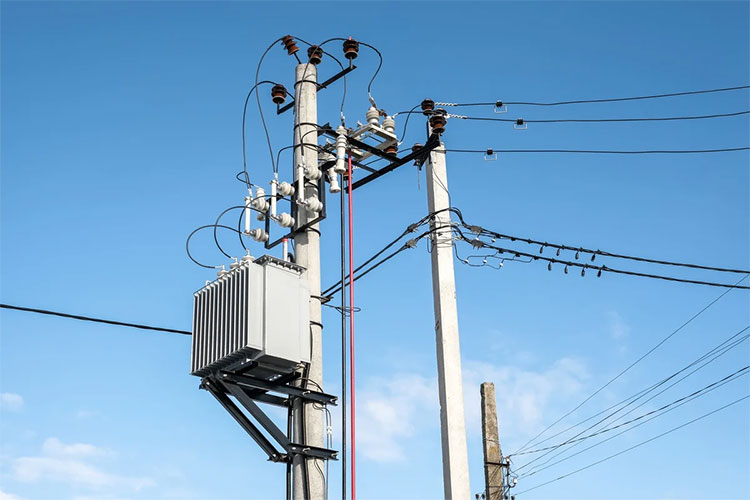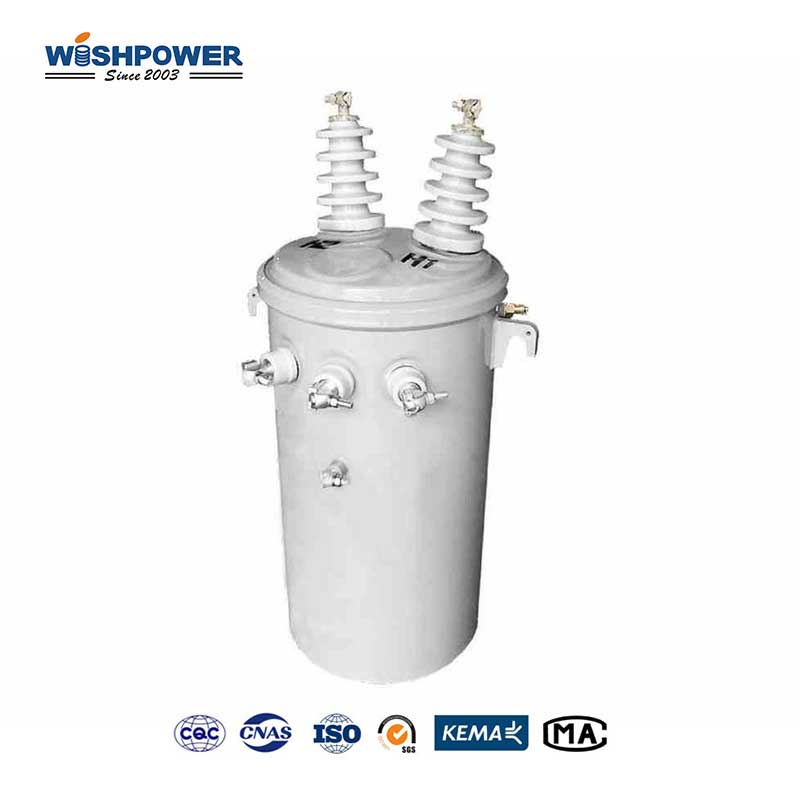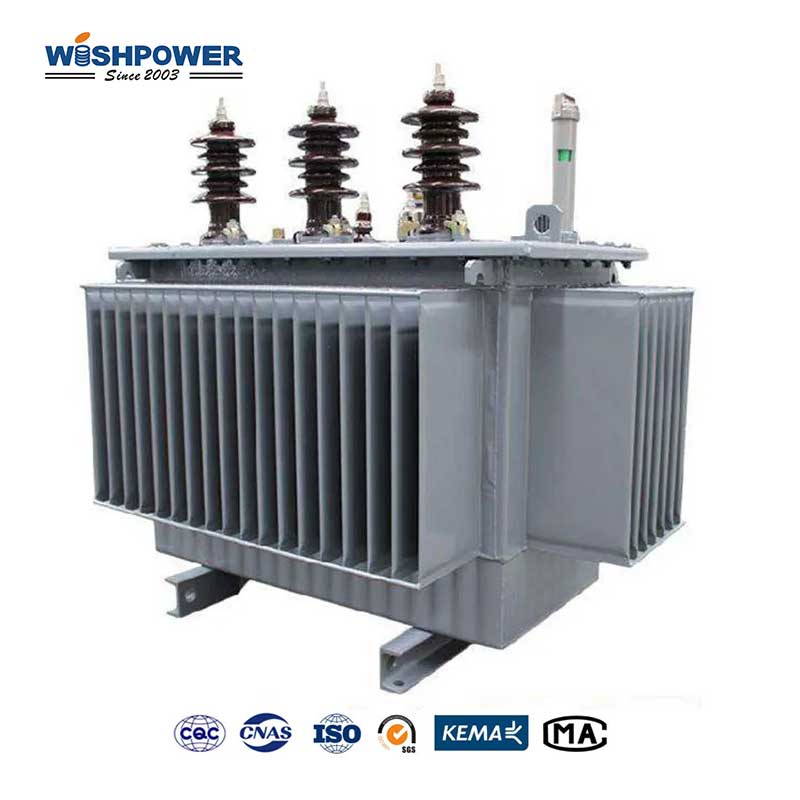What are pole-mounted transformers?
Pole-mounted transformers are an important part of the power distribution system, lowering the voltage from transmission lines down to home and business and other facilities voltages. These transformers are mounted on utility poles and they have a vital role in the reliable and cost-effective supply of electricity to end users. Because of their strategic location and compact design, they are especially helpful for serving suburban, rural, and other remote areas where underground distribution is not practical.

Pole-mounted Transformers Key Features
Compact and lightweight design: The transformers are relatively small and light, which permits mounting onto utility poles. With this design, it reduces the installation cost, and it can be very easy to maintain.
Weather-resistant construction: Rugged materials in the construction of pole-mounted transformers made necessary to make them withstand extreme weather conditions: rain, snow, high winds, and intense solar radiation. It is in protective coatings to prevent rust and corrosion, many.
Single-phase or three-phase options: The pole-mounted transformers can be configured as single-phase units for residential areas and as going three-phase for industrial and commercial applications depending on the power distribution requirements.
Efficient cooling systems: These transformers normally use natural oil or air coolers to remove the heat generated in the operation of the transformers and consequently provide them with optimum performance and service life.
How Pole Transformers Work?
Reductions in high-voltage transmission lines to a lower usable voltage are the way in which pole transformers operate. An example might be that they reduce 11,000 volts down to 240 volts to use for home appliances and small businesses. The high voltage source is coupled to the primary winding and the secondary winding delivers reduced voltage to the end user by way of the distribution lines.
Applications of Pole Transformers
Residential Power Distribution: The transformers are often used in suburban and rural areas to take power to homes. The smaller size enables them to get ‘to the load’ on the wall in residential applications.
Commercial and Light Industrial Areas: Pole transformers are used because they provide reliable power to machinery, lighting, and other equipment for small businesses and light industrial operations.
Agricultural Operations: Often farms and agricultural equipment find use for pole transformers to supply power to irrigation systems, grain dryers, and other vital equipment.
Remote and Rural Electrification: In places too remote or otherwise unsuitable to run underground power lines, pole transformers are used to supply power to remote communities and other facilities.
Pole Transformers Advantages
Cost Effectiveness: Pole transformers are more economical because they cost less to install and maintain than other utility transformers.
Easy to install: Better designed lightweight and compact eliminates cost for labor and equipment.
Durability: The transformers are designed to withstand environmental challenges, have a long service life, and very low maintenance requirements.
Scalability: Pole-mounted transformers can be easily added or removed as demand changes, creating a very flexible distribution solution for utilities.
Challenges of pole-mounted transformers
Exposure to environmental hazards: However, pole-mounted transformers are not immune to lightning strikes, strong wind, and falling tree branches.
Limited capacity: However, these transformers are unsuitable for heavy industrial applications because they are best suited for smaller loads.
Visual impact: These are not pretty on utility poles, especially in a residential area.
Potential safety risks: If the transformers were set on the pole, there’s the risk of oil leaks or electrical failures in case of damage or failure.
Innovations in pole-mounted transformers
Environmentally friendly insulating fluids: Such a great transformer is no longer mineral oil, but rather biodegradable insulating fluids to reduce the environmental impact.
Smart monitoring systems: Real-time tracking of transformer performance using advanced sensors and monitoring systems enables predictive maintenance, and reduces downtime.
Energy efficiency improvements: Used together, enhanced core materials and innovative winding designs minimize losses of energy, helping to improve the overall efficiency of the grid.
Conclusion
Modern power distribution networks rely on pole-mounted transformers. Their compact design, cost-effectiveness, and adaptability make them the preferred choice for delivering power to different regions. Despite the limitations, their performance continues to be improved, and reliability is enhanced by ongoing innovations. Being able to understand the role and how they work is vital for anyone wanting to understand the infrastructure that holds the power that powers our daily lives.
If you have different opinions or want to know more, please leave a message on the website or contact us directly at info@wishpower.net
















